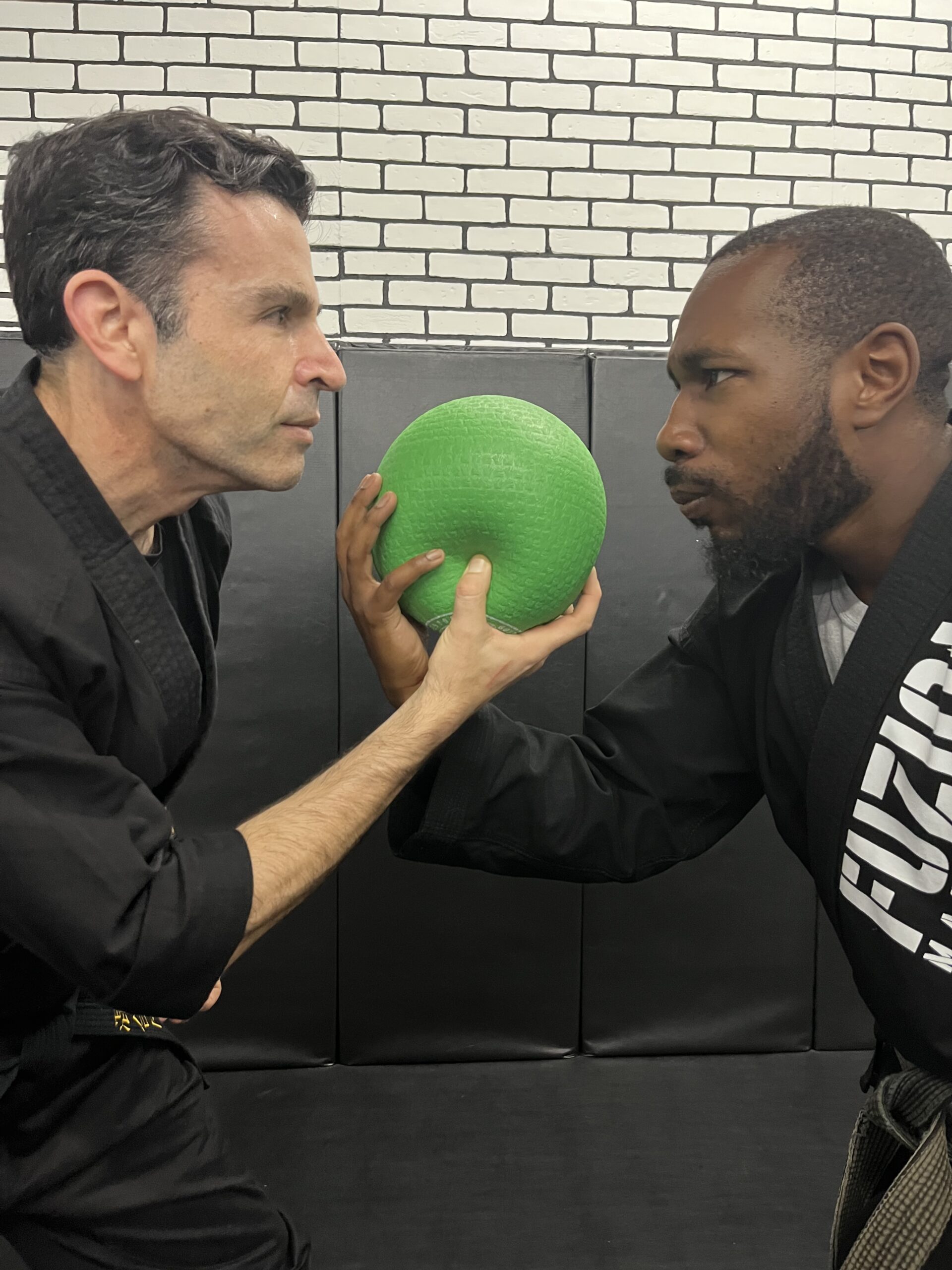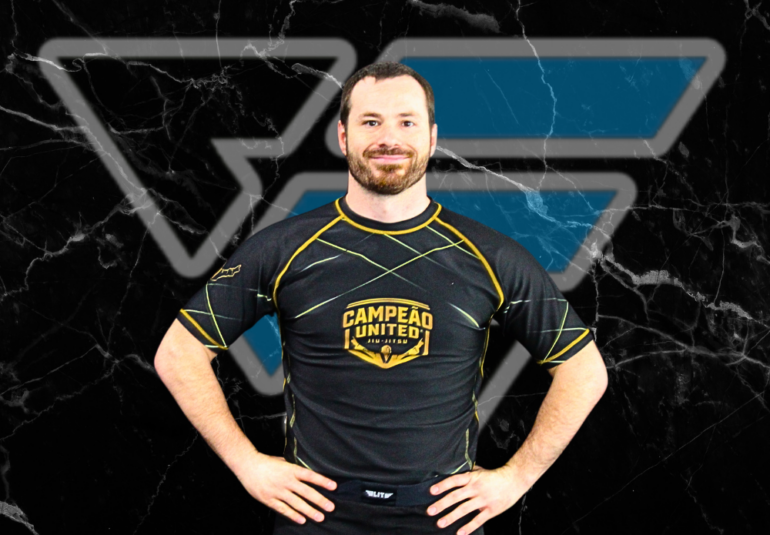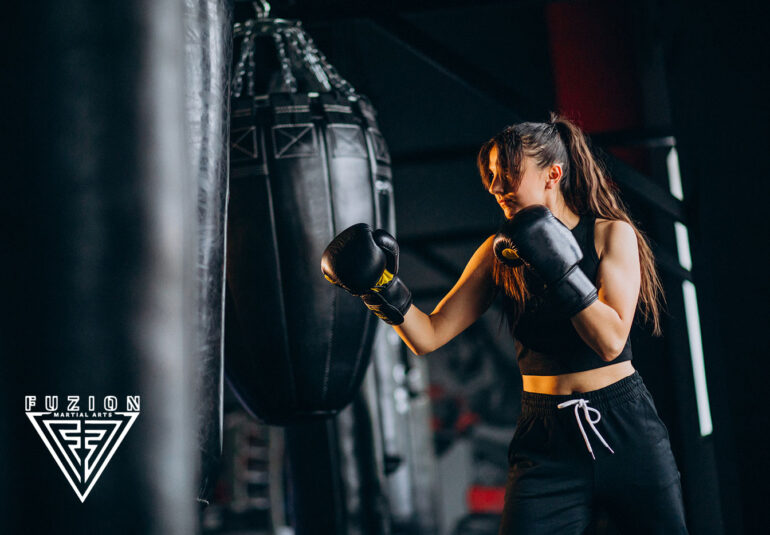
- 263
- 0
In the martial arts world, one of the greatest truths is this: no single fighting style is perfect for every situation. A technique that works beautifully in one context may be useless—or even dangerous—in another. That’s why adaptability is one of the most valuable skills a martial artist can develop. Whether you’re on the mat, in a competition, or faced with a real-world self-defense scenario, the ability to adjust your approach can mean the difference between success and failure.
The Myth of the “One-Size-Fits-All” Style
Many beginners enter martial arts believing their chosen style—be it Brazilian Jiu-Jitsu, Karate, Boxing, or Muay Thai—has all the answers. While every discipline offers powerful tools, each also has limitations.
-
A pure boxer may dominate in striking range but struggle if taken to the ground.
-
A Jiu-Jitsu specialist can control a fight on the mat but may find themselves vulnerable against multiple attackers.
-
A Karate practitioner might excel in precision strikes but be caught off guard by unconventional movement in street fights.
History shows that the most effective fighters are those who recognize these gaps and fill them with complementary skills.
Why Adaptation Matters in Real Conflict
In controlled environments like tournaments, rules create predictability. In real-life conflict, unpredictability is the only constant. You may be facing an opponent with a completely different style, someone with no training at all but raw aggression, or multiple threats in a chaotic setting.
Adaptation is about more than technique—it’s about mindset:
-
Reading the opponent: Recognizing their style, strengths, and weaknesses in real time.
-
Adjusting tactics: Switching from striking to grappling, from aggressive offense to evasive defense.
-
Environmental awareness: Using surroundings to your advantage, whether it’s a wall for leverage, a narrow hallway that limits movement, or recognizing when retreat is the smartest move.
The Adaptive Fighter’s Toolbox
To become truly adaptable, a fighter must embrace cross-training and mental flexibility.
Cross-Disciplinary Training
Learn the fundamentals of multiple styles. A boxer who understands basic takedown defense from wrestling immediately gains survival skills against grapplers.
Scenario Drills
Practice reacting to unpredictable situations—multiple attackers, weapon threats, or changes in terrain.
Flow Sparring
Engage in sparring where the goal is not to win, but to adjust. Change your rhythm, distance, and techniques mid-round.
Stress Testing
Train under fatigue and pressure so that adaptation becomes instinctive rather than intellectual.
Famous Examples of Adaptation
-
Bruce Lee famously preached “Absorb what is useful, discard what is not.” His Jeet Kune Do philosophy encouraged flexibility over rigid adherence to tradition.
-
MMA champions like Georges St-Pierre built their careers on evolving mid-fight—switching from striking to takedowns when opponents least expected it.
The Mindset Shift
Adaptation isn’t about abandoning your base style—it’s about evolving it. Think of your core discipline as your “home,” but build doorways into other skill sets so you can move fluidly between them. True mastery lies in being able to switch approaches instantly, without hesitation.
In the end, conflict rewards those who can read, react, and reinvent in the moment. The fighter who can adapt will always have the edge over the one who refuses to change.


